Mexican chocolate is a traditional type of chocolate used in Mexican cuisine that differs significantly from regular chocolate. Made with stone-ground cocoa beans, sugar, cinnamon, and sometimes almonds or vanilla, it has a distinctive gritty texture and complex flavor profile. Unlike European chocolates refined for smoothness, Mexican chocolate maintains its rustic texture, making it ideal for sauces, beverages, and traditional dishes like mole poblano and champurrado.
This comprehensive guide covers everything you need to know about Mexican chocolate: its unique characteristics, proper storage techniques, creative culinary applications, and how to select authentic products. Whether you're a home cook or professional chef, you'll find practical information to elevate your cooking with this essential ingredient.
Table of Contents
- Why Mexican Chocolate Is Different
- How to Store Mexican Chocolate Properly
- Creative Ways to Use Mexican Chocolate in Your Kitchen
- Mole Poblano Basics with Chocolate
- Spice Combinations That Work Well with Mexican Chocolate
- Buying Guide for Mexican Chocolate
- Frequently Asked Questions About Mexican Food Chocolate
- Final Thoughts on Mexican Food Chocolate
Why Mexican Chocolate Is Different
You might be familiar with smooth Swiss chocolate or creamy milk chocolate bars from the supermarket, but Mexican chocolate is an entirely different product. It's traditionally made with cocoa beans, sugar, cinnamon, and sometimes almonds or vanilla, giving it a rustic texture and distinct flavor profile that's essential to authentic Mexican cuisine.
| Characteristic | Mexican Chocolate | European Chocolate |
|---|---|---|
| Texture | Stone-ground, slightly gritty | Refined, smooth |
| Flavor Profile | Earthier, spiced with cinnamon | Consistent, often sweeter |
| Primary Use | Sauces, beverages, traditional dishes | Snacking, baking, confectionery |
| Processing | Minimal processing, retains grainy texture | Highly processed for smooth consistency |
Unlike European chocolates that undergo extensive conching to achieve smoothness, Mexican chocolate is typically stone-ground, preserving the grainy, artisanal feel that adds texture to sauces and drinks. This texture is intentional and contributes to the authentic experience of traditional Mexican recipes.
Traditional Uses of Mexican Chocolate
- Mole sauce: A complex blend of chilies, nuts, seeds, spices, and chocolate that forms the foundation of many Mexican dishes.
- Champurrado: A thick, warm chocolate drink mixed with masa (corn dough) and spices, commonly served during holidays.
- Desserts and beverages: Used in cakes, flans, horchata, and other traditional Mexican sweets and drinks.
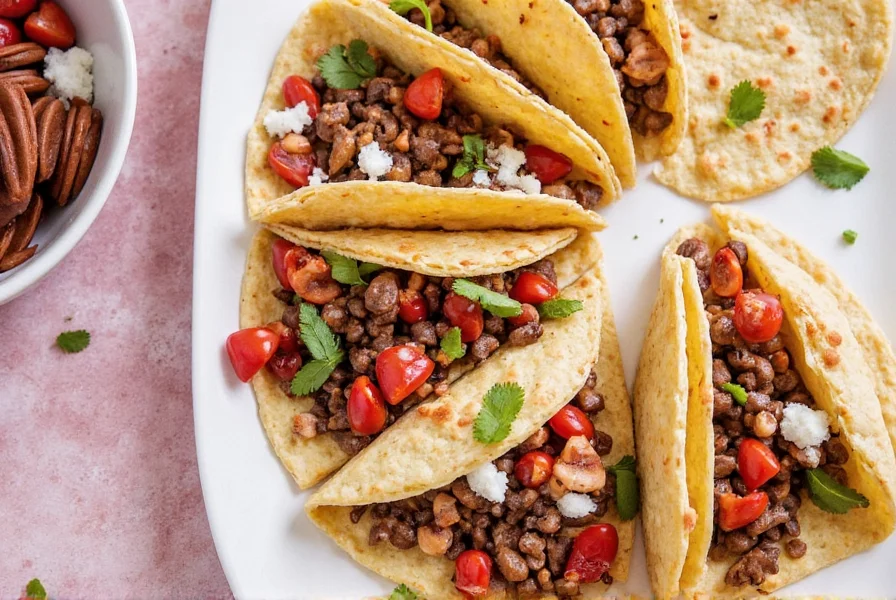
How to Store Mexican Chocolate Properly
While chocolate may not be as fragile as some spices, improper storage can ruin its texture and taste. Proper storage ensures your Mexican chocolate maintains its distinctive flavor and texture for as long as possible.
| Storage Method | Best For | Shelf Life | Key Considerations |
|---|---|---|---|
| Airtight container at room temperature | Daily use | 6–12 months | Keep away from heat sources and direct sunlight |
| Cool, dark pantry | Long-term storage | Up to 18 months | Ideal humidity levels below 50% |
| Refrigerator (for extended shelf life) | Hot climates | Up to 2 years | Wrap tightly to avoid moisture and odor absorption |

Creative Ways to Use Mexican Chocolate in Your Kitchen
Think beyond mole and desserts! Mexican chocolate's unique flavor profile makes it versatile for both traditional and innovative culinary applications.
- Make Your Own Mole Powder: Blend dried chilies, toasted almonds, sesame seeds, and crumbled Mexican chocolate into a powder. Sprinkle on tacos, roasted veggies, or grilled meats for instant flavor enhancement.
- Add to BBQ Sauce: Stir melted Mexican chocolate into smoky barbecue sauces for a deep, mysterious twist that balances sweetness and spice.
- Bake with Spiced Chocolate: Swap regular cocoa for Mexican chocolate in brownie or cookie recipes. The cinnamon adds warmth and depth that elevates traditional desserts.
- Enhance Chili Dishes: Add a small amount to chili con carne or vegan black bean chili for richness and complexity that ties all the flavors together.
- Drink It Up: Heat chocolate with almond milk, cinnamon, and a pinch of chili powder for a cozy, spiced hot drink perfect for cold weather.

Mole Poblano Basics with Chocolate
No discussion of Mexican chocolate would be complete without mole poblano—the crown jewel of Oaxacan cuisine. This complex sauce combines bitter, sweet, spicy, and savory elements, with chocolate playing a subtle but crucial role in balancing the flavors.
Basic Mole Ingredients (with Chocolate)
- Ancho chilies
- Pasilla chilies
- Tomatillos
- Garlic
- Tortilla or bread (to thicken)
- Almonds or peanuts
- Spices: cinnamon, clove, peppercorn
- Mexican chocolate (unsweetened preferred)
Pro Tip: Toast the chilies before blending to unlock deeper flavors. When adding chocolate, do so toward the end of simmering to prevent bitterness and preserve its delicate flavor profile.
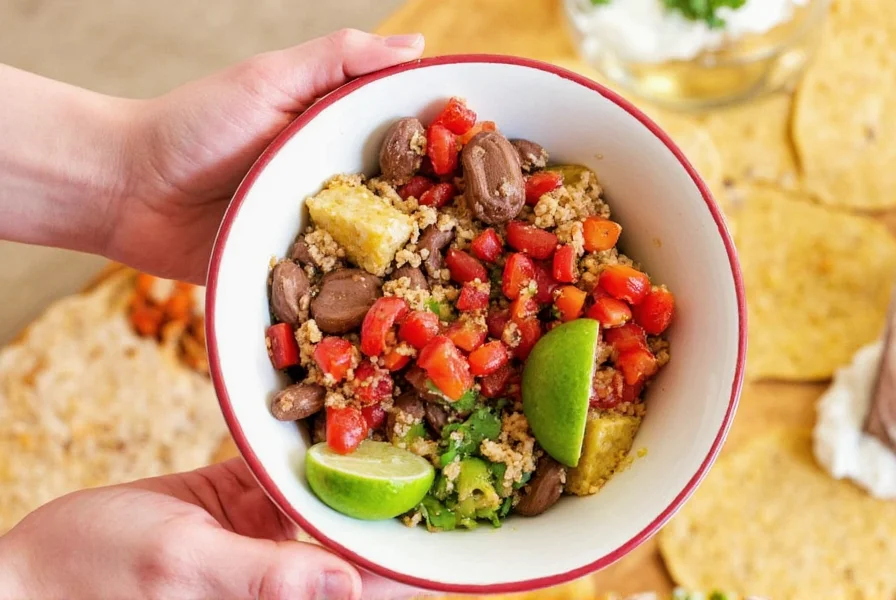
Spice Combinations That Work Well with Mexican Chocolate
Mexican chocolate loves company—and by that, we mean a cast of aromatic, warm, and slightly fiery friends. These classic spice pairings make Mexican chocolate shine in both sweet and savory applications.
| Spice | Flavor Profile | Usage Suggestion |
|---|---|---|
| Cinnamon | Warm, woody, and subtly sweet | Mix into mole or drinking chocolate |
| Chili Powder | Earthy, spicy, fruity | Add to mole, chili, or baked goods |
| Clove | Strong, pungent, and floral | Use sparingly in spice blends or stews |
| Coriander | Earthy, citrusy, nutty | Pair with cinnamon in dessert rubs |
| Allspice | Fragrant, sweet, clove-like | Great in marinades and moles |
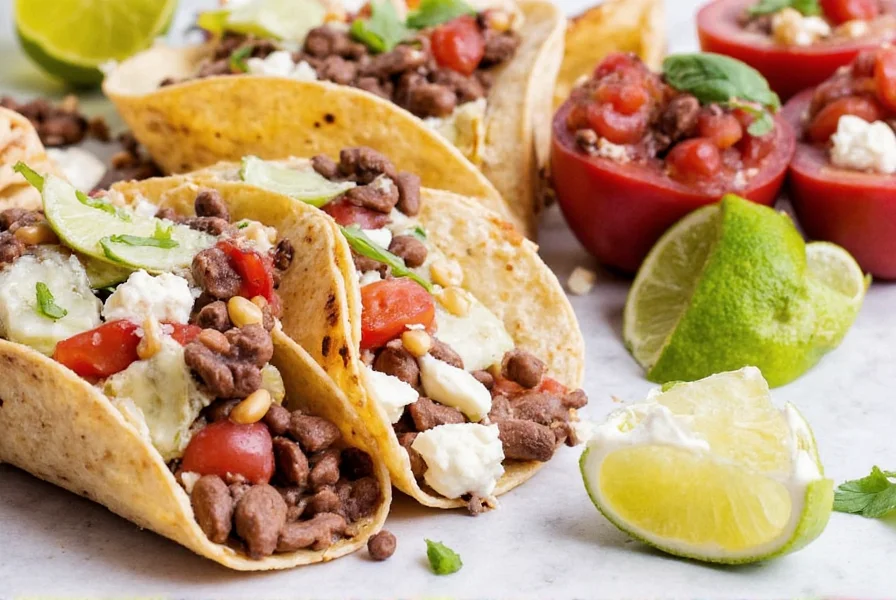
Buying Guide for Mexican Chocolate
There are several types of Mexican chocolate available in stores and online. Each brand and variety offers something unique. Let's break down what to look for when shopping for authentic Mexican chocolate.
Popular Mexican Chocolate Brands
| Brand | Type | Flavors | Best For | Price Range |
|---|---|---|---|---|
| Ibarra | Disc-shaped tablets | Classic unsweetened | Mole, champurrado | $ |
| Abuelita | Pre-sweetened discs | Vanilla, cinnamon | Drinks, quick desserts | $ |
| Licor 43 | White chocolate liqueur | Sweet, citrusy | Cocktails, drizzling | $$ |
| Cacao Sampaka | Dark chocolate bars | Spiced, smoked | Gourmet desserts | $$$ |
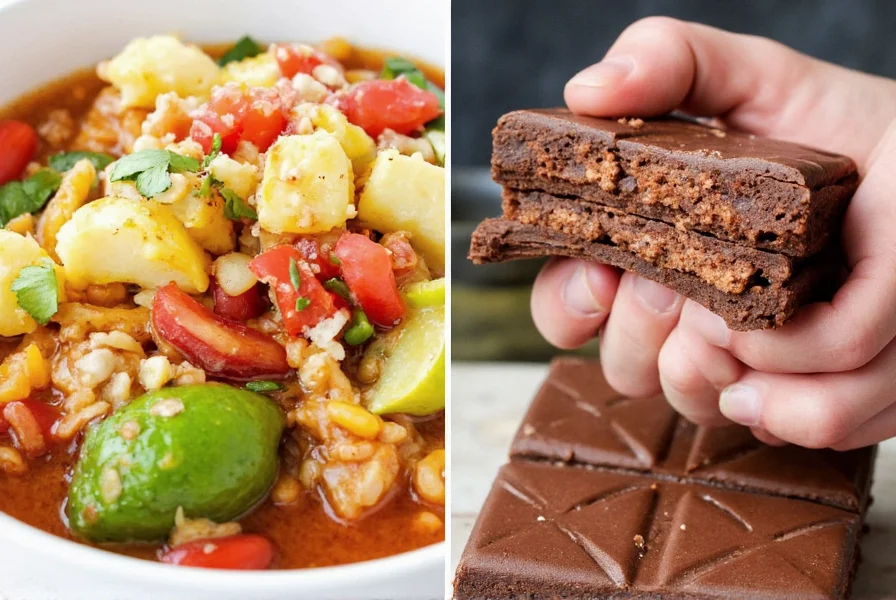
What to Look for When Buying
- Ingredients: Check for natural components like cocoa, cinnamon, sugar, and minimal preservatives. Authentic Mexican chocolate should have a simple ingredient list.
- Texture: Authentic Mexican chocolate should have a slight grit—not too smooth. This texture comes from the stone-grinding process and is essential for traditional recipes.
- Use Case: Are you making a sauce, a drink, or a dessert? Choose accordingly. Unsweetened varieties work best for savory dishes, while pre-sweetened options are ideal for beverages.
- Authenticity: If possible, opt for traditional Mexican-made products rather than mass-produced imitations. Look for "Hecho en México" (Made in Mexico) on the packaging.
Frequently Asked Questions About Mexican Food Chocolate
What makes Mexican chocolate different from regular chocolate?
Mexican chocolate is typically made with stone-ground cocoa beans, sugar, and cinnamon (and sometimes almonds or vanilla), giving it a distinctive gritty texture and complex flavor profile. Unlike European chocolates that are often refined for smoothness, Mexican chocolate maintains a rustic texture that works beautifully in sauces and beverages.
Is chocolate really used in savory Mexican dishes?
Yes! Chocolate is a key ingredient in traditional Mexican sauces like mole poblano. It's used in small amounts to add depth, complexity, and subtle sweetness that balances the heat from chilies. The chocolate shouldn't taste dominant in savory dishes—it works as a background note that ties all the flavors together.
Can I substitute regular chocolate for Mexican chocolate in recipes?
You can make substitutions, but the flavor profile will differ. For savory dishes like mole, use unsweetened dark chocolate with a pinch of cinnamon and sometimes a touch of chili powder. For drinks like champurrado, you'll want to add cinnamon to regular chocolate. Note that Mexican chocolate has a distinctive grainy texture that's hard to replicate with smooth European chocolates.
Where can I buy authentic Mexican chocolate?
Authentic Mexican chocolate is available at Latin American grocery stores, Mexican markets, and increasingly in mainstream supermarkets. Popular authentic brands include Ibarra and Abuelita. You can also find specialty Mexican chocolate brands like Cacao Sampaka online. Look for products made in Mexico with simple ingredients like cocoa, sugar, and cinnamon.
How should I store Mexican chocolate to keep it fresh?
Store Mexican chocolate in an airtight container in a cool, dark place away from heat sources and direct sunlight. Properly stored, it can last 6-12 months at room temperature. In hot climates, you can refrigerate it (wrapped tightly to prevent moisture absorption), which extends shelf life to up to 2 years. Avoid freezing as it can affect texture.
What's the difference between Ibarra and Abuelita chocolate?
Both are popular Mexican chocolate brands, but they have subtle differences. Ibarra is typically less sweet with a stronger cinnamon flavor, making it preferred for savory mole sauces. Abuelita is slightly sweeter and has a more pronounced vanilla flavor, making it ideal for beverages like champurrado. Both come in disc-shaped tablets that are meant to be dissolved in liquid.
Can I use Mexican chocolate in baking?
Absolutely! Mexican chocolate works wonderfully in baking. Its cinnamon content adds warmth to brownies, cookies, and cakes. For best results, substitute it for regular cocoa powder in recipes, adjusting sugar as needed since Mexican chocolate already contains sugar. It's particularly delicious in chocolate-chile cookies or spiced chocolate cakes.
Final Thoughts on Mexican Food Chocolate
Mexican food chocolate is more than just a novelty ingredient—it's a flavor powerhouse that brings depth, complexity, and a touch of history to every dish. Whether you're simmering up a pot of mole or sipping on a spiced chocolate drink, this ancient treat deserves a permanent spot in your spice cabinet and recipe rotation.
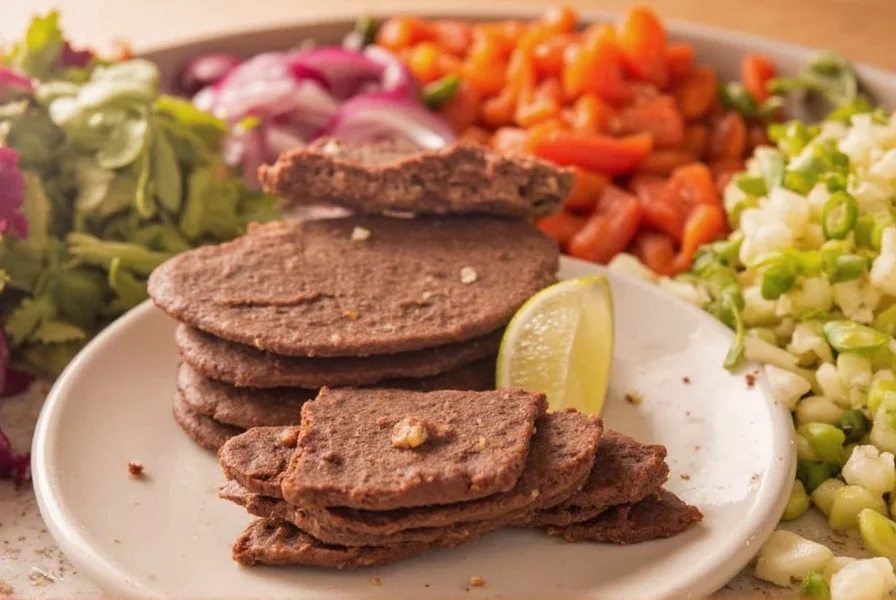
So next time you reach for cinnamon or chili powder, don't forget about your stash of Mexican chocolate. It might just be the missing spice that ties everything together.

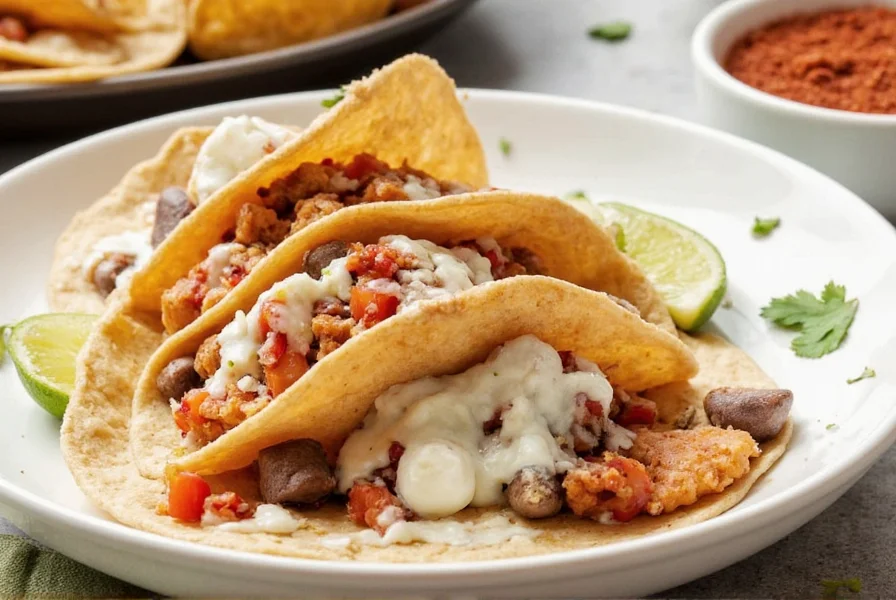









 浙公网安备
33010002000092号
浙公网安备
33010002000092号 浙B2-20120091-4
浙B2-20120091-4